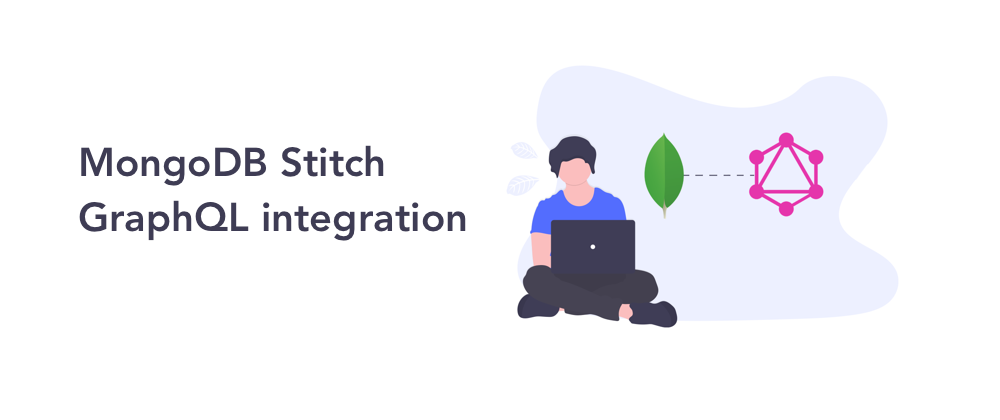A while ago MongoDB announced GraphQL integration in one of their products. It's a piece of huge news & another token of recognition for GraphQL. MongoDB team sees a great opportunity in this integration as they believe to not having to create a custom backend implementation of GraphQL can save thousands of development teams a lot of effort and resources. GraphQL support was launched for MongoDB Atlas, as integration with MongoDB Stitch which acts as both the GraphQL client and server.
What's GraphQL
GraphQL is a data query language that offers a declarative query ability via API comparing to typical REST API implementation, which returns a full payload of information.
Some of the GraphQL benefits include:
- smaller payloads as it uses types to make sure client ask only for data that can be returned,
- better performance on slower connections thanks to a reduced number of bits transferred over the wire,
- quicker MVP builds as GraphQL provides a single endpoint for flexible & more efficient data access & management.
GraphQL + MongoDB Stitch
MongoDB Stitch is the serverless platform offered by MongoDB. As for every serverless, its main premise is:
Write less code and build apps faster
and the way of achieving this is to write less code (obviously) by using all the good stuff (now also GraphQL!) offered by Stitch SDK like authentication, access rules, MongoDB queries, services, functions & more.
// Install with npm:// npm install mongodb-stitch
// Then simply add the Stitch SDK to your application
import {
Stitch,
AnonymousCredential,
RemoteMongoClient
} from 'mongodb-stitch-browser-sdk'
// 1. Connect to MongoDB
// It’s simple to point Stitch to a MongoDB collection
const stitchClient = Stitch.initializeDefaultAppClient('myApp');
// Connect to a MongoDB Atlas database
const db = stitchClient
.getServiceClient(RemoteMongoClient.factory, 'mongodb-atlas')
.db('production');
// Anonymously authenticate, then add and retrieve documents.
stitchClient.auth.loginWithCredential(new AnonymousCredential())
.then(() =>
db.collection('items').insertOne({
owner_id: stitchClient.auth.user.id,
number: 42
})
).then(() =>
db.collection("items").find({}).asArray()
).then((docs) =>
docs.forEach((doc, index) =>
console.log(`${index}: ${JSON.stringify(doc)}`)
)
);
Source: mongodb.com
If you want to play with Stitch SDK & GraphQL make sure to check out the official introduction to GraphQL support in MongoDB where you will find:
- a step by step setup guide
- an overview of new GraphQL related features in Stitch Dashboard (i.e. integrated GraphiQL interface)
- as well as some cool examples projects
Speed up your GraphQL API development
GraphQL Editor is a supportive tool for both advanced GraphQL users as well as those taking their first steps with GraphQL APIs. Our all-in-one development environment for GraphQL will help you build, manage & deploy your GraphQL API much faster thanks to dozens of built-in micro features.










Top comments (1)
Do I need to be using the stitch serverless Platform in order to use graphql with my Atlas hosted mongodb?